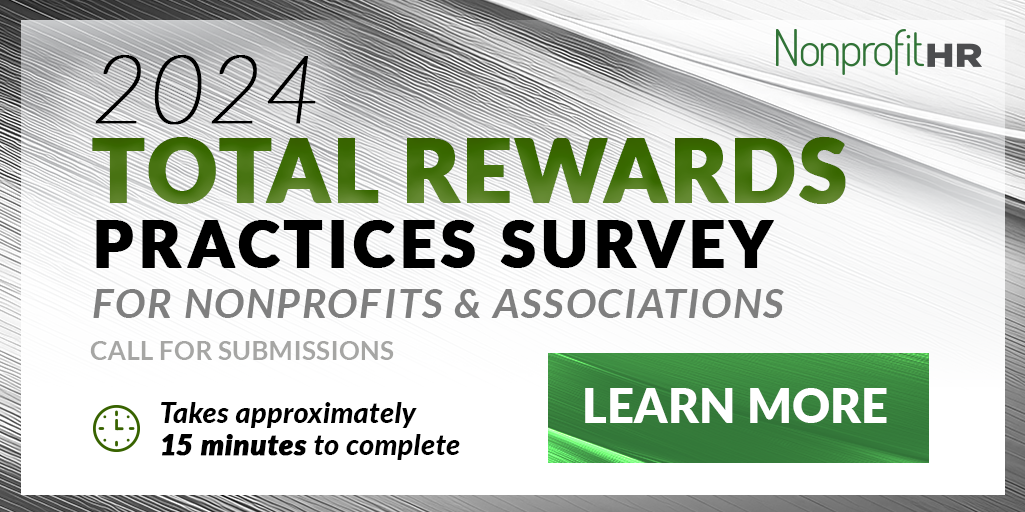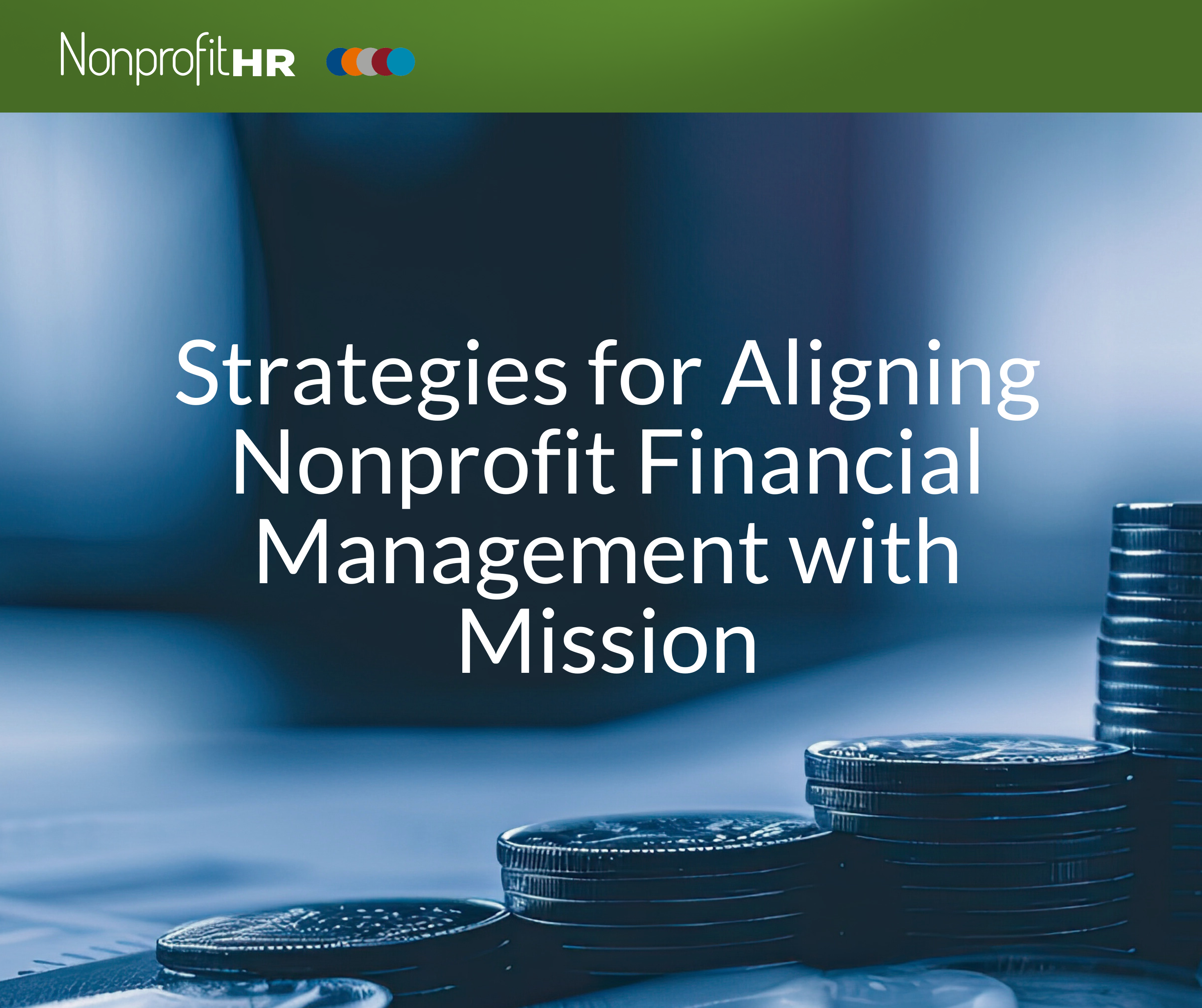WTOP: 5 ways nonprofits can…
Human capital management (HCM) is an approach to employee staffing that perceives people as assets (human capital) whose current value can be measured and whose future value can be enhanced through investment. It is a term that tries to create a metric for talent. It may be also be a term fossil.
The concept was invented by Swedish thinkers like Karl-Erik Sveiby and Leif Edvinsson when they introduced models of “intangible assets” and emphasised the importance of measuring the different types of asset, one of which relates to people. They actually used the term “competence capital”, distinguishing it from the mere existence of employees.
But we may need a new term or evolution of this one because it is overused and misused.
Andrew Mayo has some thoughts.
“The statement ‘our people are our most important assets’ has become a cliche that often leads to a cynical smile – people’s experience in practice is that they are often not treated as such. But the truth also is that people have a different ‘asset value’, and some indeed may be ‘liabilities’ in that they subtract value in some way from a stakeholder.
Those people who make up our ‘competence capital’ might also be embraced in our definition of ‘talent.’ Organisations use widely differing definitions of talent, many confining it to so called ‘high potentials.’ Certainly they would qualify, but we should also include all those with valuable knowledge, skills and experience who contribute to the value adding mission of the organisation. Managing such ‘talent’ effectively requires some measurement.”

































